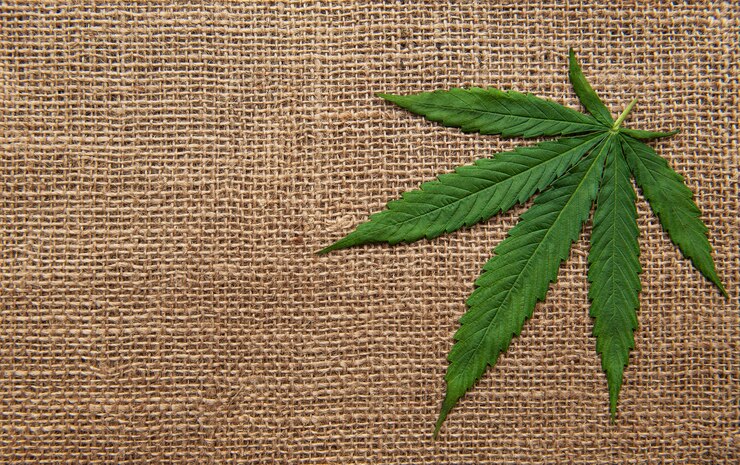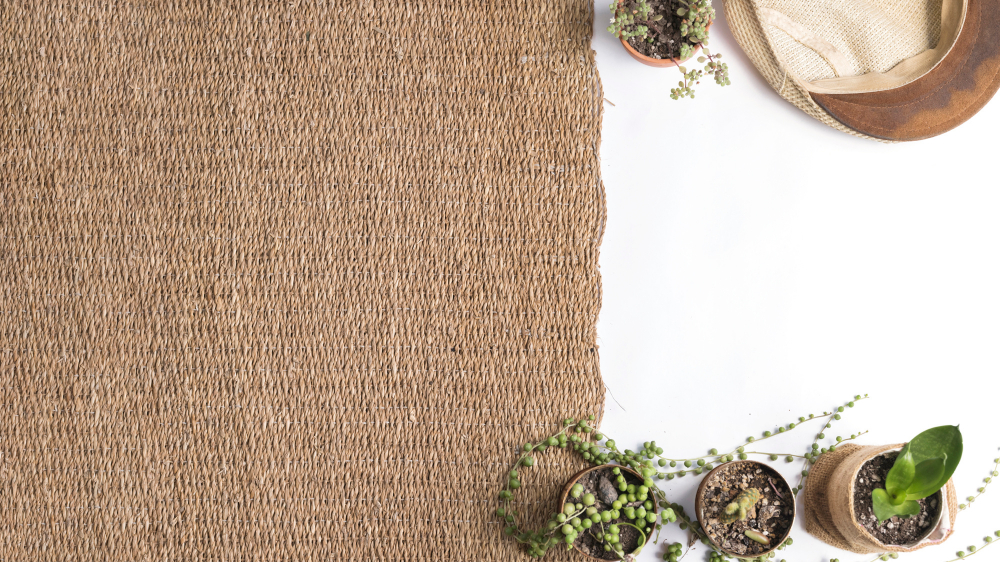Heimtextil 2024, the leading international trade fair for home and contract textiles, provided a glimpse into the industry’s future. This year’s event focused on a theme of “New Sensitivity,” highlighting a mindful approach to textile production with an emphasis on environmental responsibility, social consciousness, and well-being. The event showcased three key trends: plant-based textiles, bio-engineered textiles, and technological textiles. These trends represent significant advancements and offer exciting possibilities for the future of the textile industry.
Key Textile Trends at Heimtextil 2024
Plant-Based Textiles: A Sustainable Alternative
Plant-based fibers are gaining popularity due to their eco-friendly properties. Heimtextil 2024 showcased a surge in fabrics derived from natural resources such as hemp, jute, and bamboo. Hemp is known for its strength, durability, and insulation properties, requiring minimal water and thriving in various climates. Bamboo is a fast-growing and renewable resource, providing a soft, breathable, and naturally anti-bacterial fabric option. Jute, with its biodegradable nature and versatility, adds to the sustainable fabric choices, reflecting the industry’s commitment to environmentally conscious materials.

Why Plant-Based Textiles?
- Sustainability: Plant-based fibers require fewer resources like water, land, and pesticides than traditional materials, reducing their environmental footprint.
- Biodegradability: These materials naturally decompose at the end of their lifespan, contributing to a more sustainable circular economy.
- Natural properties: Many plant-based textiles are hypoallergenic, anti-bacterial, and breathable, creating a healthier and more comfortable environment.
Bio-Engineered Textiles: Bridging Nature and Technology
Bio-engineering offers exciting possibilities for creating innovative and sustainable textiles. Heimtextil 2024 highlighted two approaches in bio-engineered textiles. Fully bio-engineered textiles are made from organic materials like proteins, carbohydrates, and bacteria, reducing reliance on traditional resources. Bio-enhancing biodegradable textiles combine conventional textiles with biodegradable fibers to enhance their ability to break down naturally after use.
Why Bio-Engineered Textiles?
- Sustainability: Both approaches contribute to a more sustainable future by offering eco-friendly alternatives and improving the biodegradability of existing materials.
- Novelty: Bio-engineering represents a new frontier in the textile industry, enabling the creation of innovative materials with unique properties.
- Performance: Bio-engineered textiles can offer enhanced characteristics such as strength, durability, and comfort.
Technological Textiles: Weaving Sustainability and Innovation
Technology plays a crucial role in shaping the future of textiles. Heimtextil 2024 showcased advancements in smart textiles, digital printing, and technology to support sustainable transformation in textiles. These include –
- Upcycling and Recycling: Technologies are being developed to use old textiles again, reducing harm to the environment and making new and creative textile items. r-PET fabric, made from old plastic bottles, helps cut down on plastic waste, promoting eco-friendly practices in textiles.
- Textile Construction: Revitalizing old textile construction techniques reduces reliance on energy-intensive methods and creates durable, long-lasting textiles.
- Textile Design Thinking: Using design thinking principles, designers can address critical issues in the textile industry, such as high energy usage or lack of durability, through technological advancements, fostering a more sustainable approach to design and production.
Why Technological Textiles?
- Circularity: Upcycling, recycling, and sustainable construction methods contribute to a circular economy and minimize environmental impact by reusing or repurposing available materials and reducing the production of new materials.
- Innovation: Technology enables the development of innovative textile products and production methods, promoting sustainability and functionality.
- Problem-Solving: Textile design thinking and technological solutions address critical challenges, leading to a more responsible and sustainable future.
Heimtextil 2024 made it clear that the textile industry is undergoing a remarkable transformation, embracing a more thoughtful approach to production. The event placed a strong emphasis on environmental responsibility, social consciousness, and the overall well-being of individuals and the planet. Notably, the rise of sustainable fabrics and eco-friendly fabrics took center stage as key trends, showcasing a commitment to offering eco-friendly alternatives and pushing the boundaries of innovative materials. These developments not only demonstrated a shift towards sustainability but also brought notable advancements in functionality. They set the stage for a future where the textile industry fully embraces sustainability, meeting the demands of discerning consumers who prioritize conscious choices.

